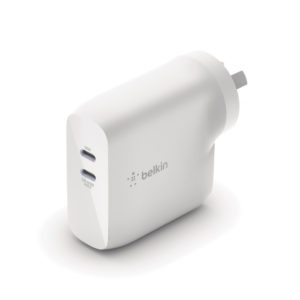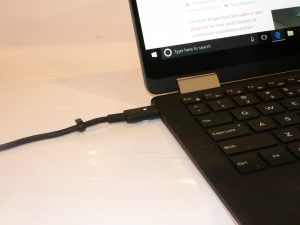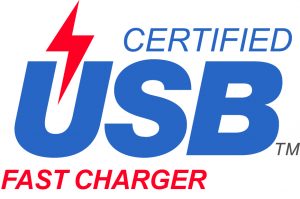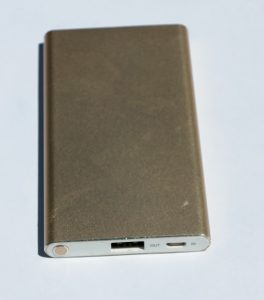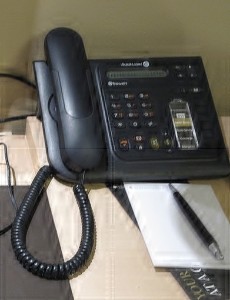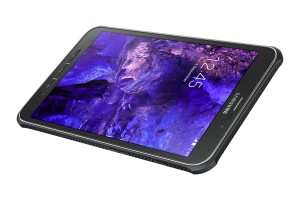Trying to reduce the number of USB chargers around the house. What can you do?
You can easily end up with too many USB wall chargers in your home. This can happen as you purchase more devices that come with these chargers or you find and use better chargers like multi-outlet “charging bars”.
Then you think of rationalising the number of chargers you have on hand in your home as you find you have too many of them. But how can you go about this effectively without sacrificing convenience?
Here, the idea is to keep enough chargers on hand and in appropriate locations that assures you of convenience. No-one wants to find that they can’t power or charge their devices because there aren’t enough of these chargers available near to them for their needs.
Which chargers do you keep.
Firstly, you need to retain chargers that have at least one USB Type-A socket and/or USB Type-C socket on the charger unit itself. That means you don’t really need chargers that have a USB micro-B or Apple MFi Lightning plug on the end of a cable wired to the charger itself.
This will mean that you can use them to charge any device as long as you have a connection cable with the appropriate connectors on each end. You can even consider the use of longer cables for more flexible connectivity setups.
As well, prefer to keep powerful chargers or those that implement USB Power Delivery for USB Type-C units or Qualcomm fast-charge standards (for USB Type-A units. This will mean that you can quickly charge up your phone or tablet or allow them to work in a high-performance setting while connected to AC power.
Keeping one or more USB-C chargers that use USB Power Delivery and can put up at least 60 watts to at least one USB-C port is a good direction to go. This is important when you are using or intend to purchase an ultraportable laptop or 2-in-1 that has this kind of power needs, something that will be very common in the near future. Sometimes the more power output the charger can make available the better.
Chargers that have two or more outlets, including the many-outlet “charging bars” should be kept for the long haul. It is preferable to have them in the kitchen or the home office especially where you are likely to be charging multiple devices in the same location.
You will be finding that there will be more of the powerful multiple-outlet chargers on the market thanks to power-supply designers, manufacturers and vendors investing in Gallium Nitride technology that allows for compact powerful power-supply devices.
Here, you are factoring in many realities when you use mobile technology. Here, as your portable devices get older, the batteries don’t run for the same long time that they used to when they were new. As well, most of us like to run our portable devices on external power as much as possible to conserve battery runtime.
It is something we used to do with portable audio equipment and some pocket calculators since these devices came around in the 1960s. We even did things like minimise any battery-draining activities like fast-winding of tapes with our portable tape players unless the equipment was connected to AC power. Or most portable devices that had dial or display lighting had this lighting come on when they were powered from external power but have a button to activate it as needed when on batteries. This was driven by the fact that batteries for these devices that ran for a long time were at a price premium then.
There are also the accessories that support our mobile devices like Bluetooth headsets or powerbanks and these use a USB-based cable for charging their integrated batteries. It is also underscoring that the USB Type-A plug or USB Type-C plug is being seen as the “universal DC power plug” for many devices thus simplifying what we use to power these devices with. For example, some LED-based decorative lighting is appearing that is powered by a USB charger rather than a specially-designed power supply.
As you find that you acquire more powerful USB chargers, you may find that it is high time to send the least-powerful ones away for e-waste recycling. That is unless you are using a device that uses the USB charger purely as a power supply and can work with a low-power USB charger.
You may also find yourself migrating to the newer USB Type-C connection for your devices and then find that it may be a better time to move towards chargers that use at least one of these connection according to the Power Delivery specification.
If you find that your charger uses an IEC-standard “figure-8” or “cloverleaf” AC input socket, this opens up a pathway of flexibility which may give you more reason to keep it. Here, you could use a longer AC cord that has the appropriate connection if you want it further away from the power outlet.
For travel purposes, you may find it simpler to purchase an AC cord with the destination country’s national AC plug to use it in countries using that kind of AC power outlet. Typically you would buy these cables from a local electrical retailer or office-supplies store as an AC cord for a radio or laptop. You then end up with some form of flexibility about where you locate it in your travel accommodation. This situation is more advantageous where you end up frequently visiting countries using that same AC power outlet.
Where should we keep USB chargers?
At least one of these chargers should be kept in each of the main living areas in the house.
If you find that you don’t like the idea of these chargers strewn around the house, it may be a good idea to keep them in a drawer in the appropriate room while they aren’t actually in use. But make sure everyone is aware of the chargers existing in those storage locations when you store them. This is where the ultra-compact chargers really earn their keep because they don’t take up much storage space.
In the lounge areas like the living room or rumpus room, it may be a good idea to keep a powerful USB charger of some form near one or more of the armchairs or couches. This is because most of us would be using a smartphone or, more likely, a tablet there in order to interact with online resources like Wikipedia, search engines or social media when we watch TV for example.
You may find that plugging a charger in to a standard extension cord may work if you are wanting one to serve someone sitting in a chair or sofa that is located away from a wall. Similarly using a powerboard to plug your table or floor lamp and a charger in to may work wonders here. The use of longer AC-current cords may benefit these applications better due to keeping the power conversion process closer to the device using the power and reducing voltage drop where it matters.
The kitchen area may be a good location for a multiple-outlet “charging bar” due to people charging their devices in that area. On the other hand a small two-outlet powerful wall charger may earn its keep here if you are trying to avoid excess clutter.
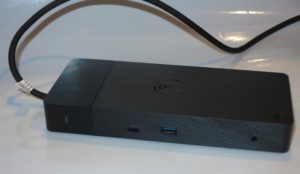
It is best to focus USB-C and Thunderbolt 3 docks like the Dell WD19TB Thunderbolt 3 dock towards peripherals that are being used with the dock’s host computer
The same goes too for the home office at least. Here, you may be using this as the “go to” place to charge powerbanks and mobile accessories in a location where they can be found. You may think of using that USB-C or Thunderbolt dock that you are using to connect your laptop to the big screen and keyboard for this purpose. But you may find that having a charger, like a “charging bar” may earn its keep here when you are simply charging devices that aren’t necessarily peripherals for your computer so that all USB sockets on that dock serve those peripherals.
You may want to keep a charger or two in the bedrooms if you do charge your smartphone or tablet there. It is also important to make sure the guestroom has one or two of these chargers so that guests who stay overnight have somewhere to charge their devices.
If you do keep accessories on hand for travel, one or more small USB chargers can come in handy here. You could even consider a multi-outlet “charging bar” again for packing when you travel.
At least, making sure you are keeping the powerful capable chargers that work to current standards and keeping them in areas where they are useful can work out as a convenient and effective way to rationalise these devices.

